FPSO P-76
Start of work
Paraná, Brazil
We built and assembled the modules of one of the largest offshore projects ever carried out in Brazil.
workers at peak construction
engineering labor hours
tons in total
FPSO P-76
Brazilian suppliers were involved in the project
local content
million hours of construction
million contract amount
Brazilian suppliers were involved in the project
local content
million hours of construction
million contract amount
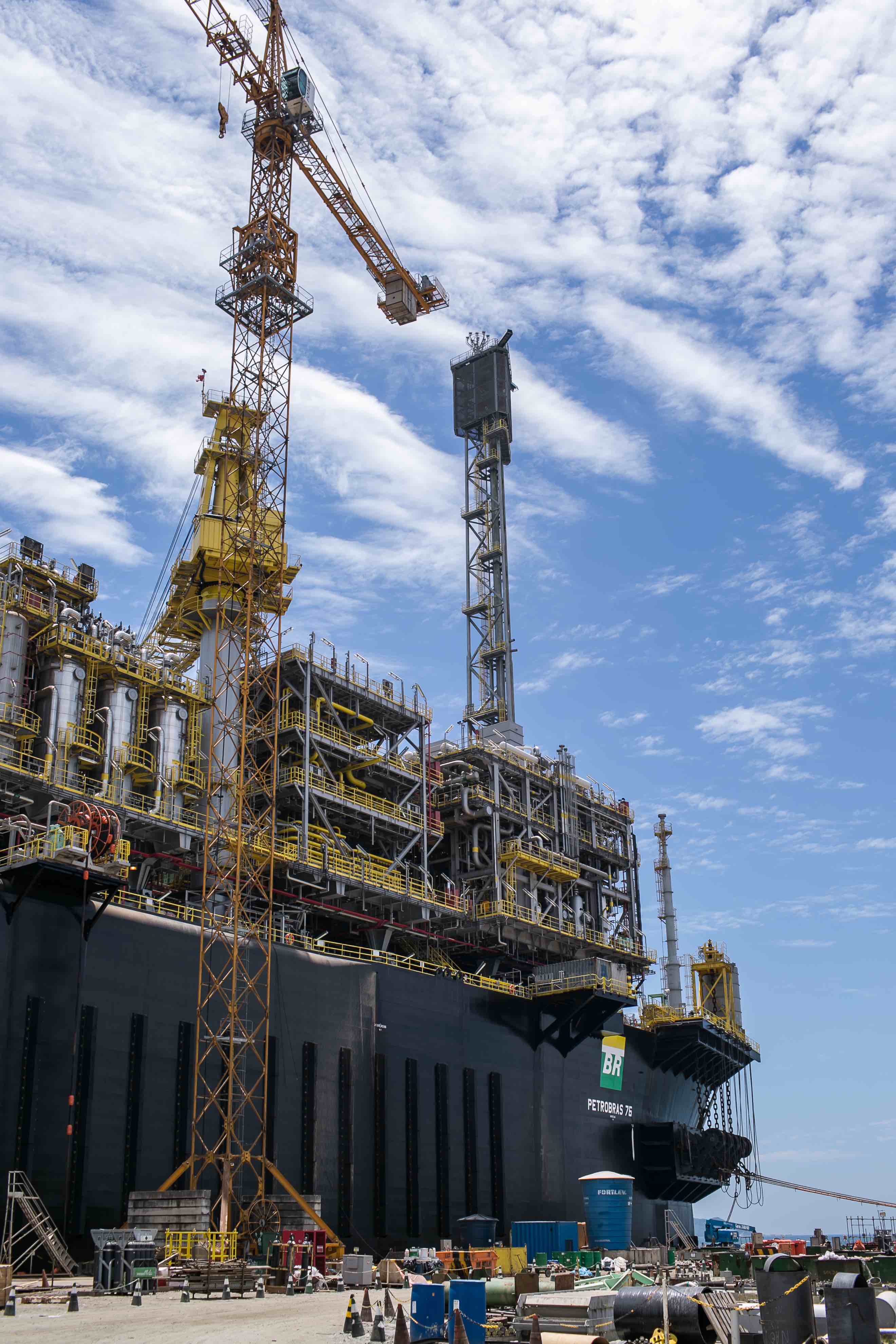 Flare Tower
Flare Tower
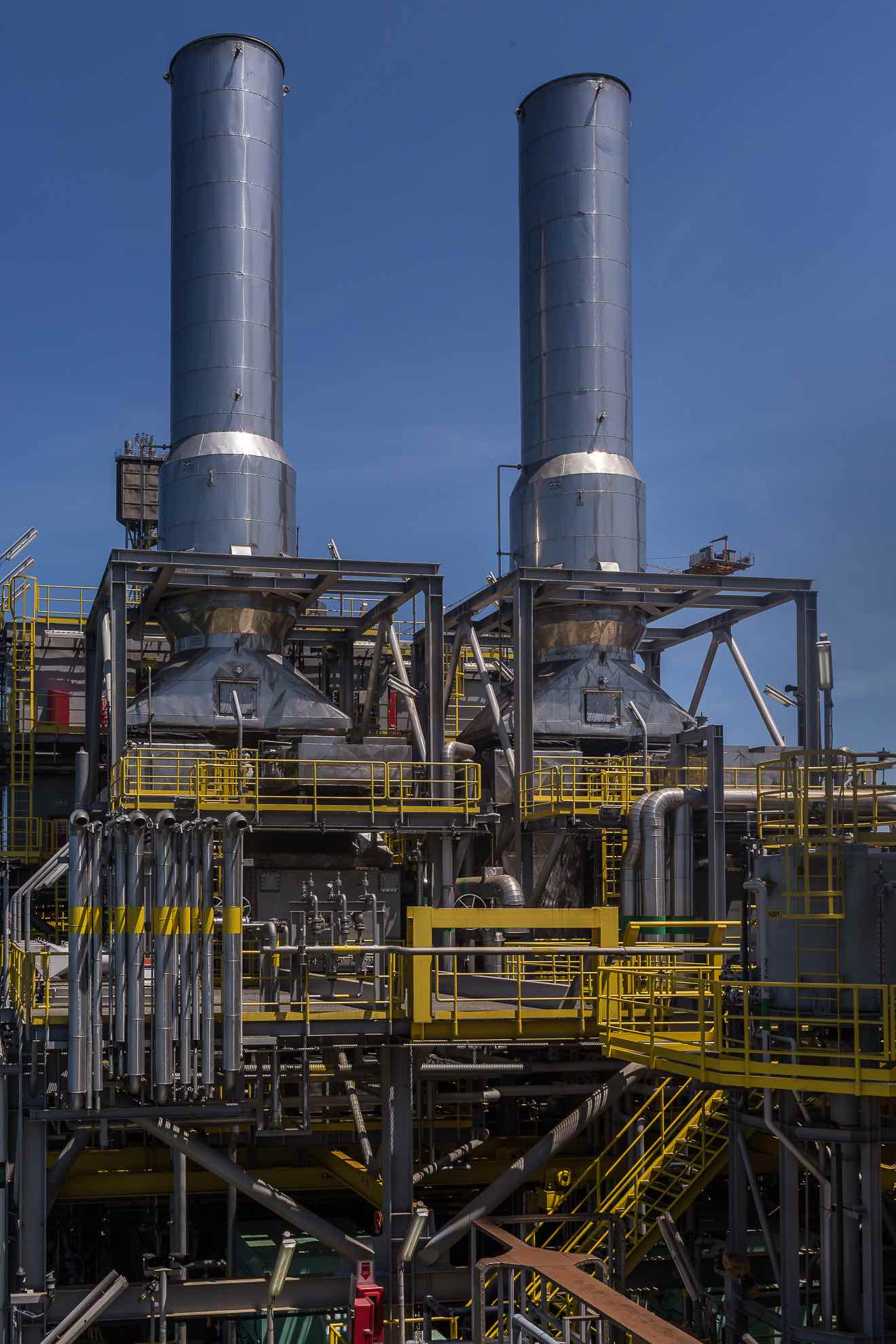 Energy generation
Energy generation
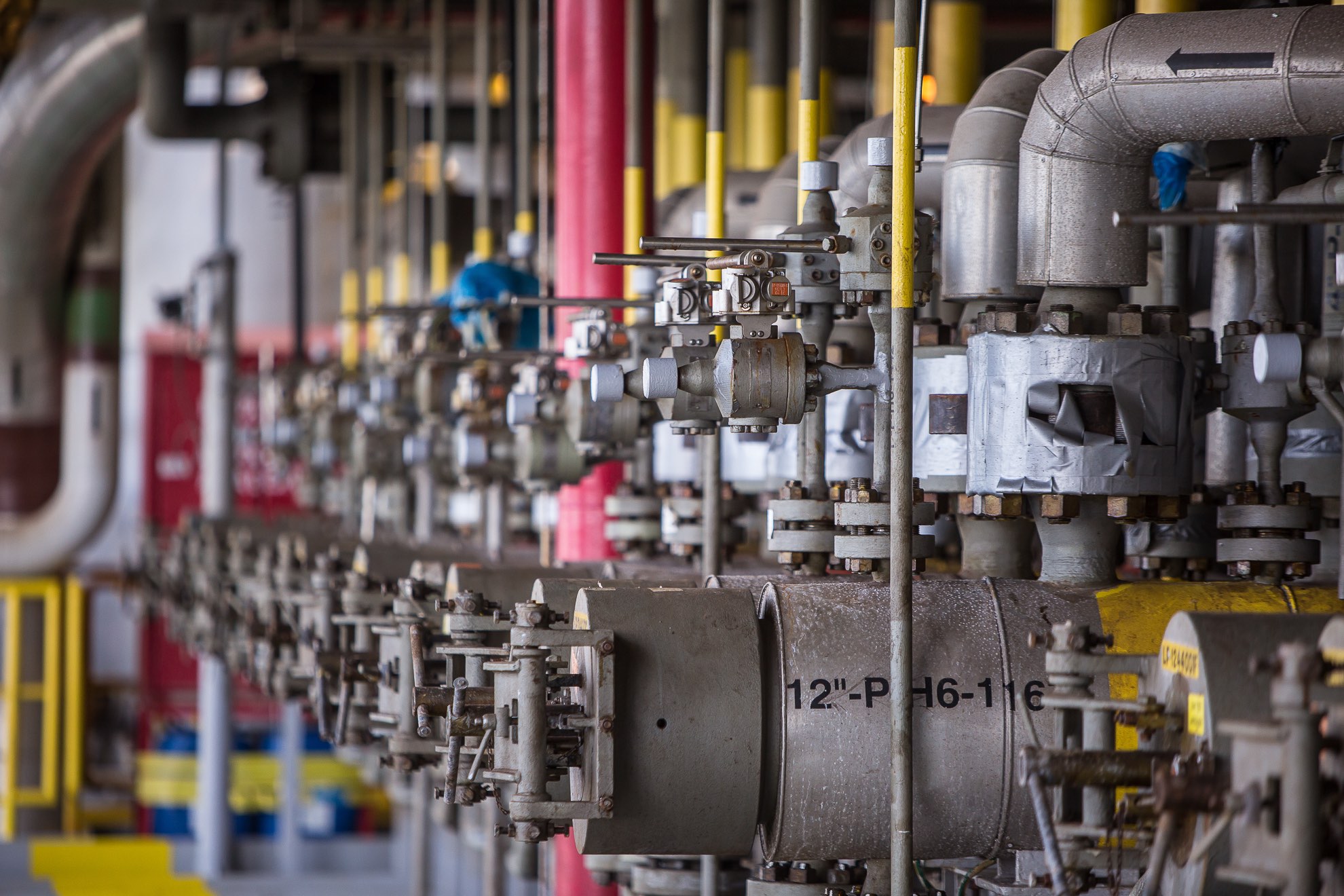 PIG Launchers and Receivers
PIG Launchers and Receivers
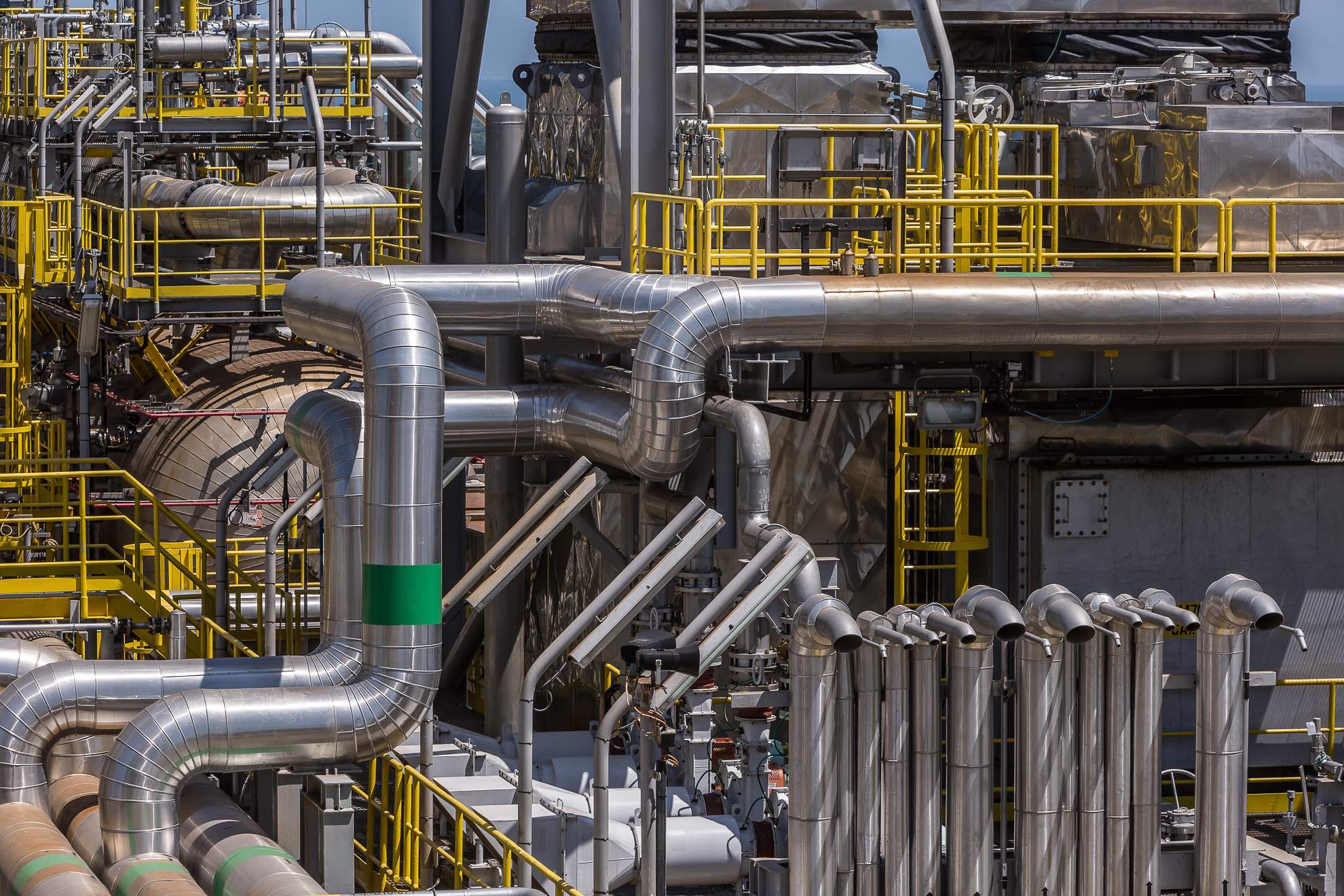 Water treatment and processing
Water treatment and processing
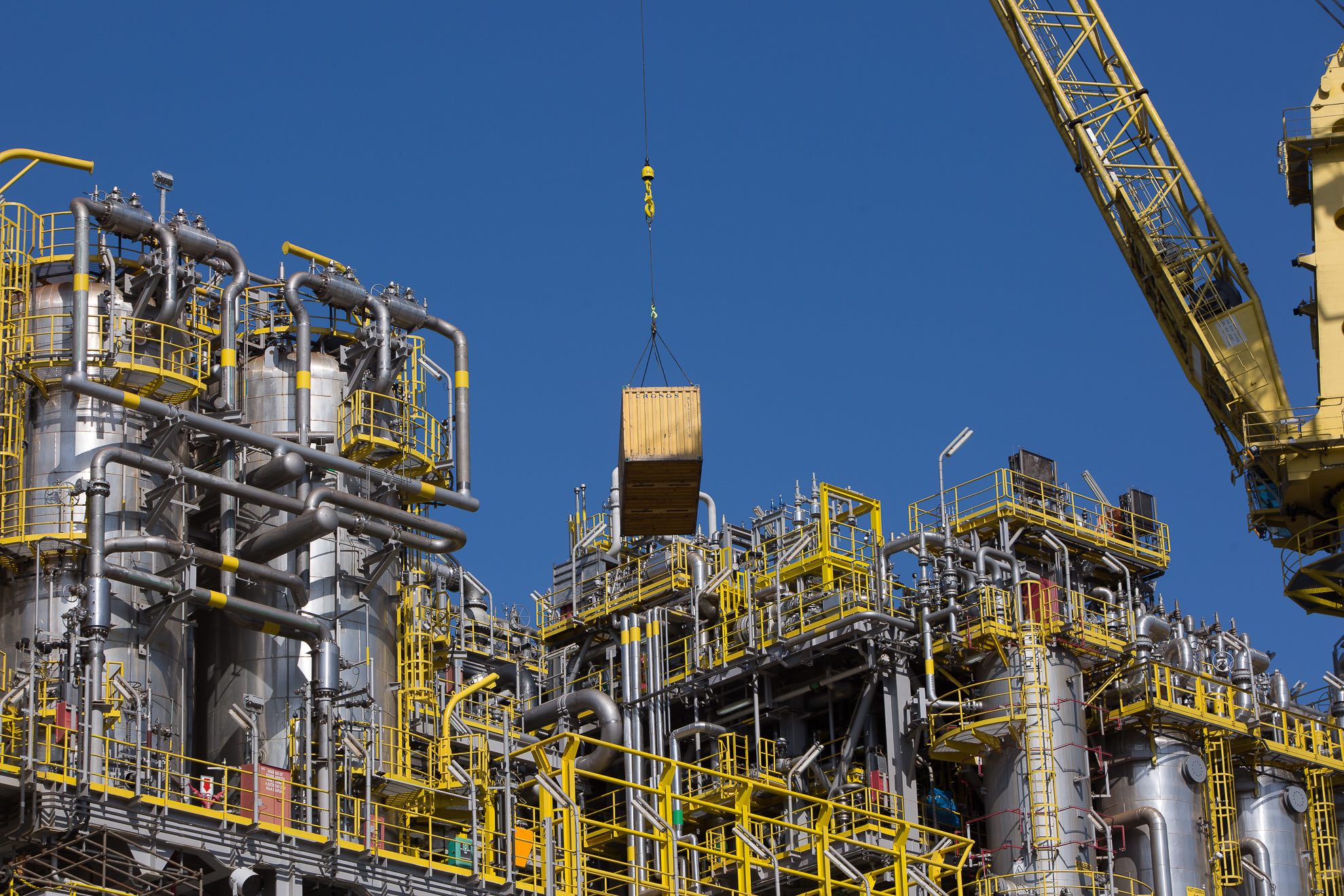 Offloading area
Offloading area
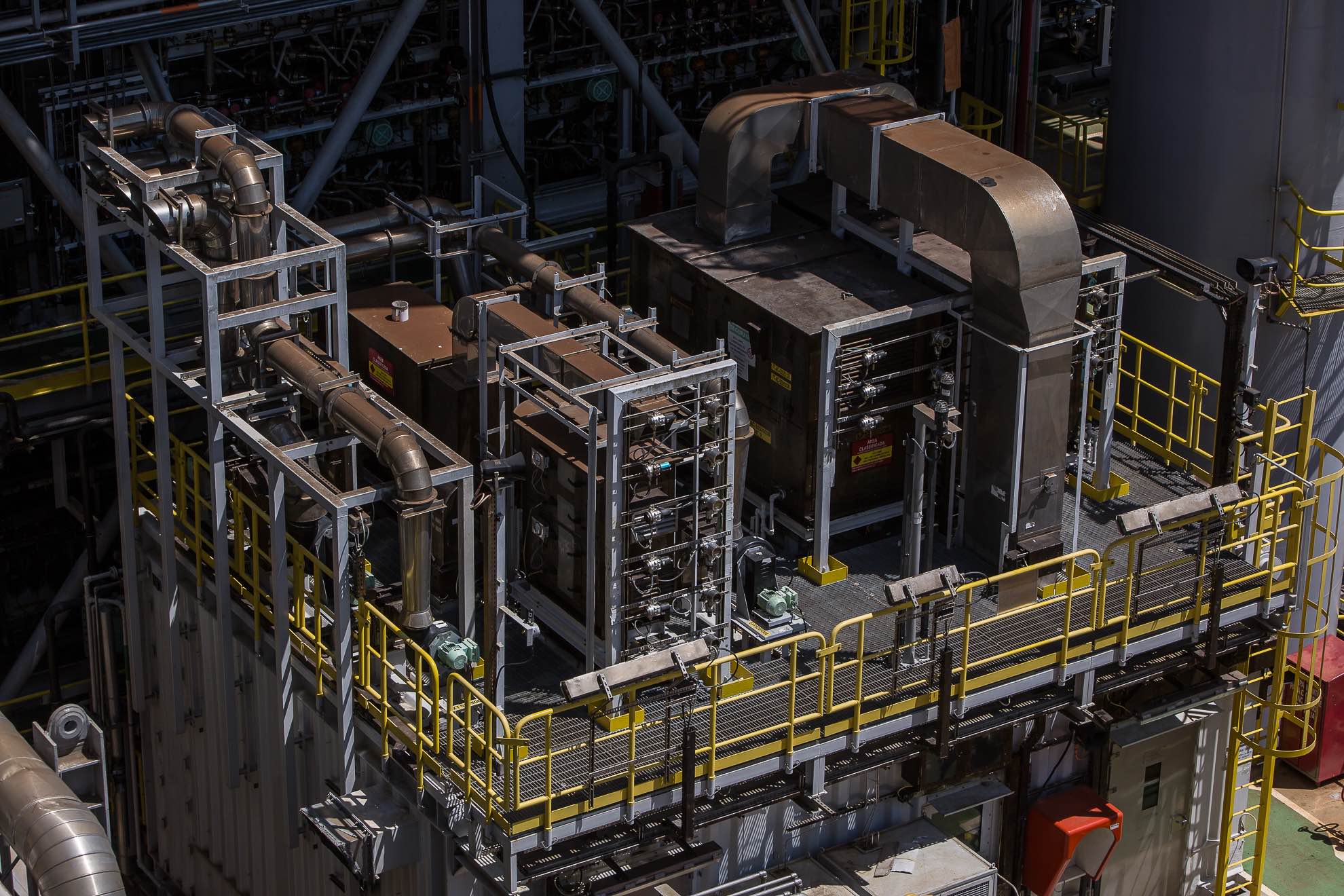 Laboratory module
Laboratory module
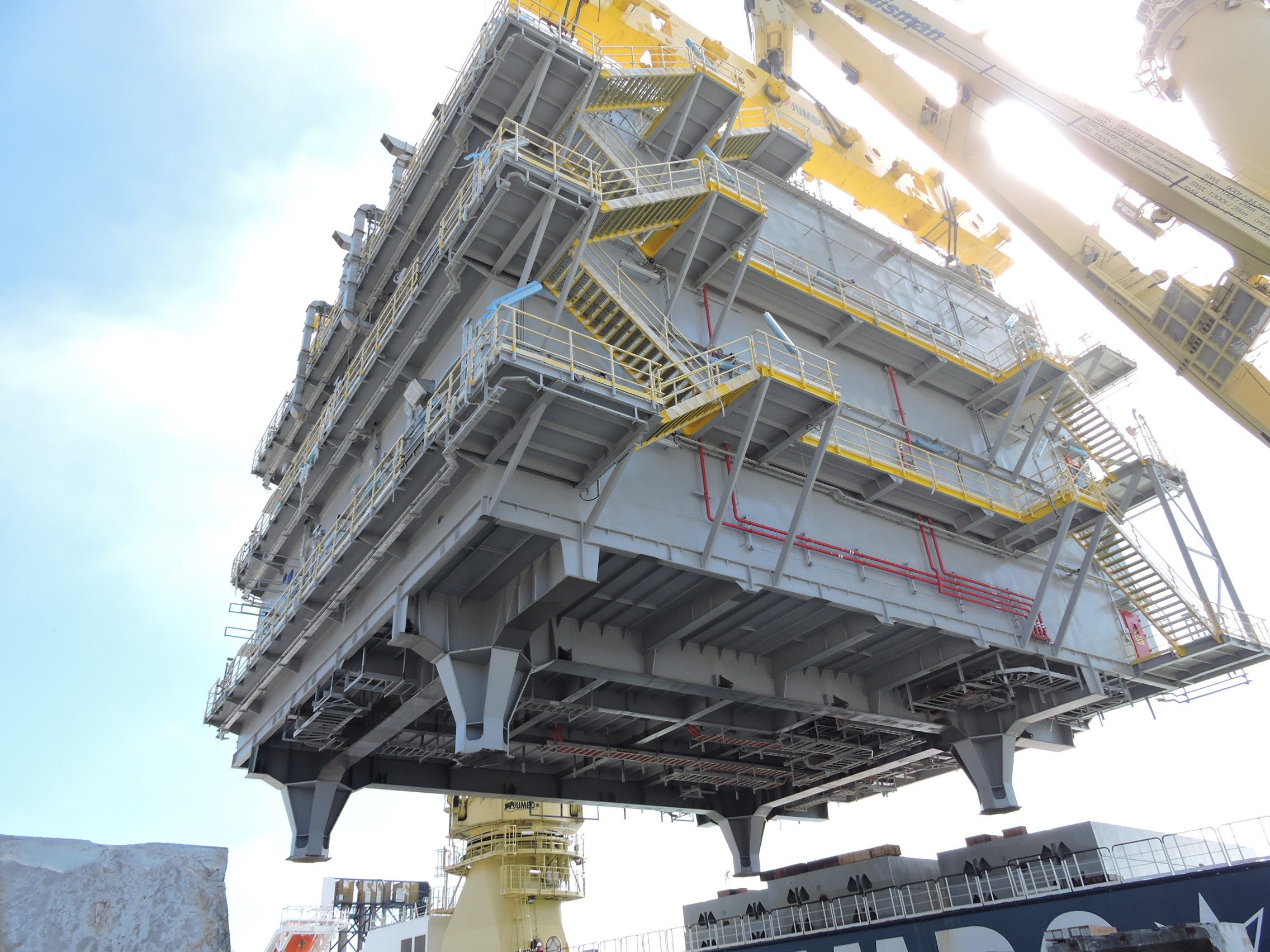 Automation and electrical
Automation and electrical
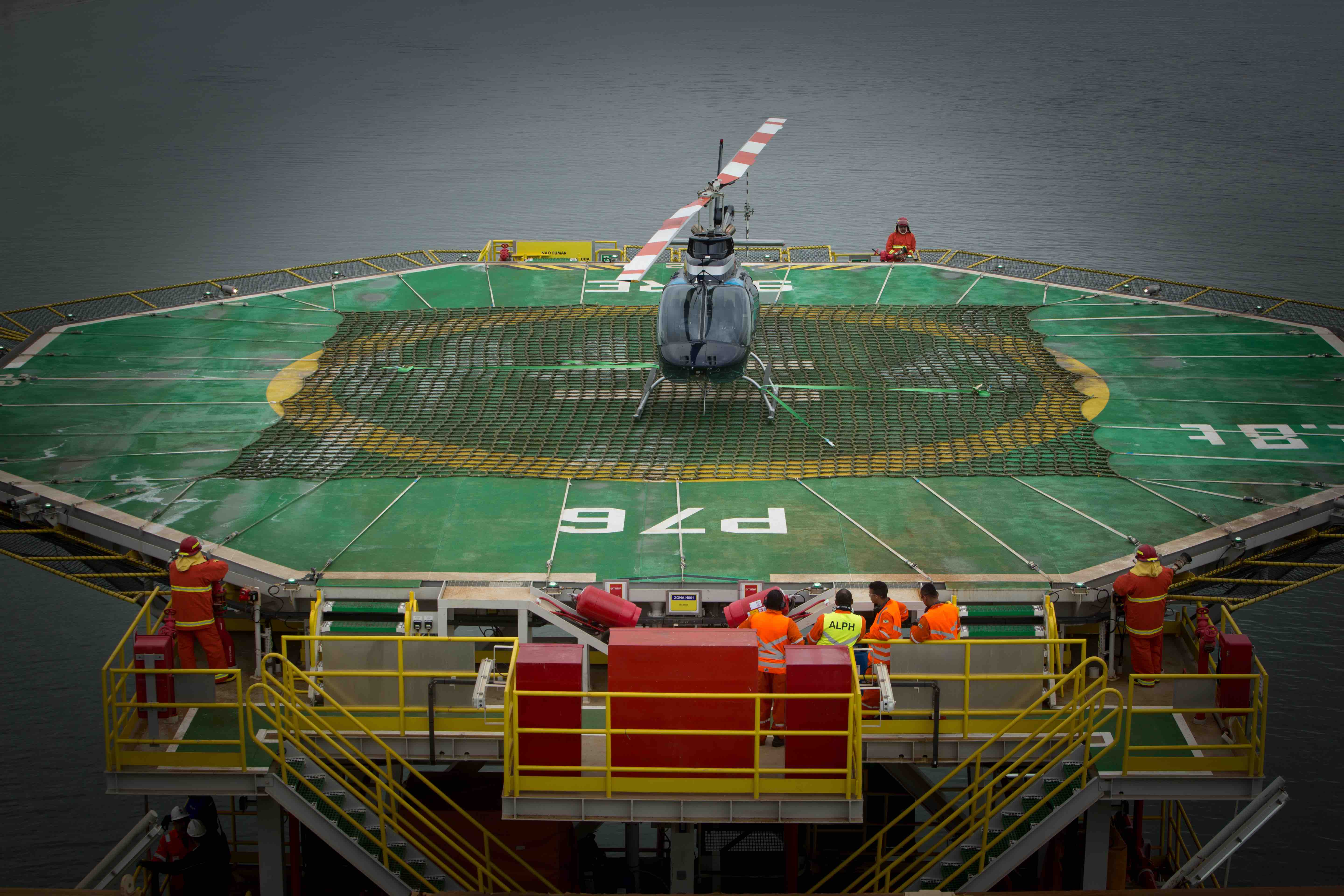 Helideck
Helideck
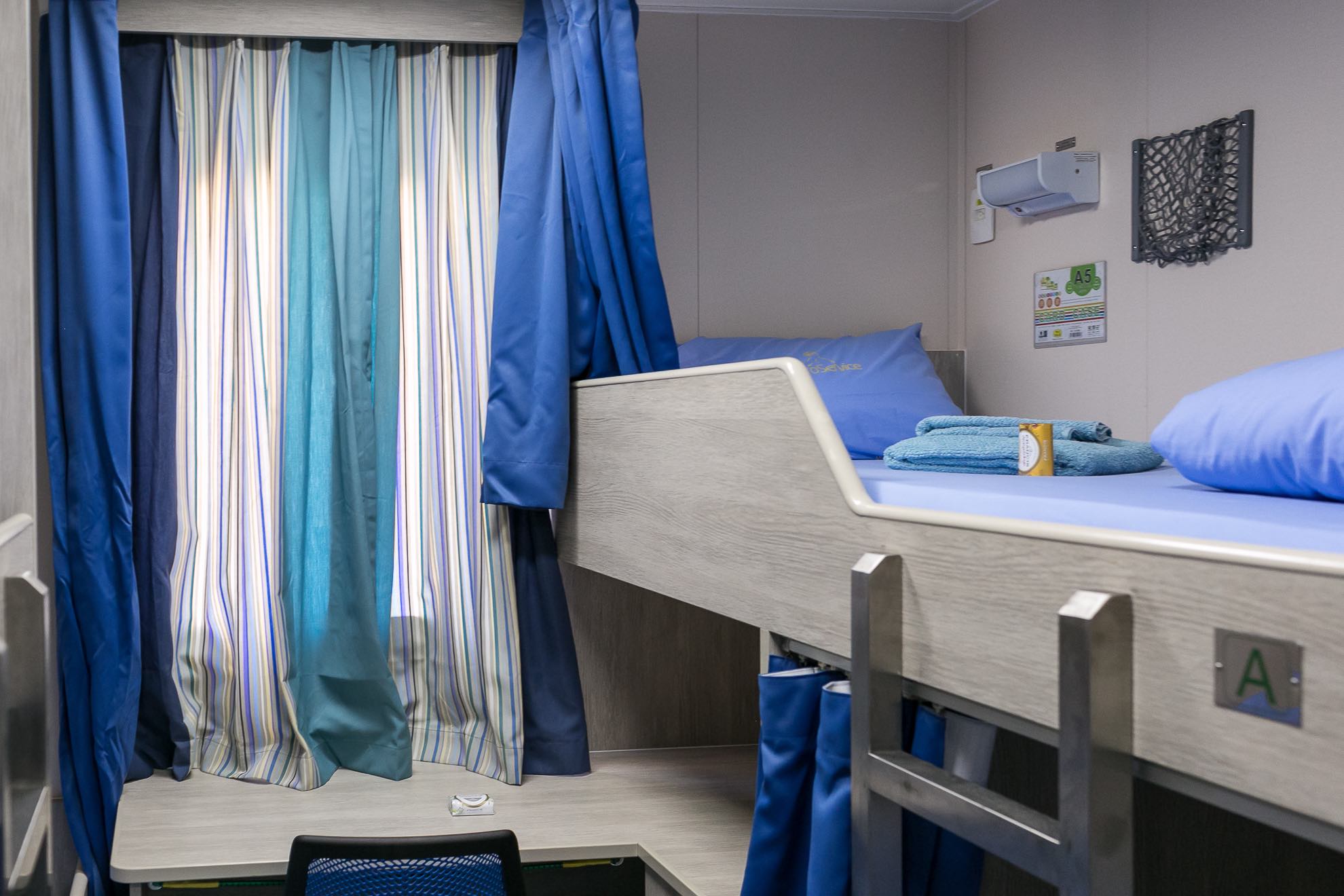 Accommodation module
Accommodation module
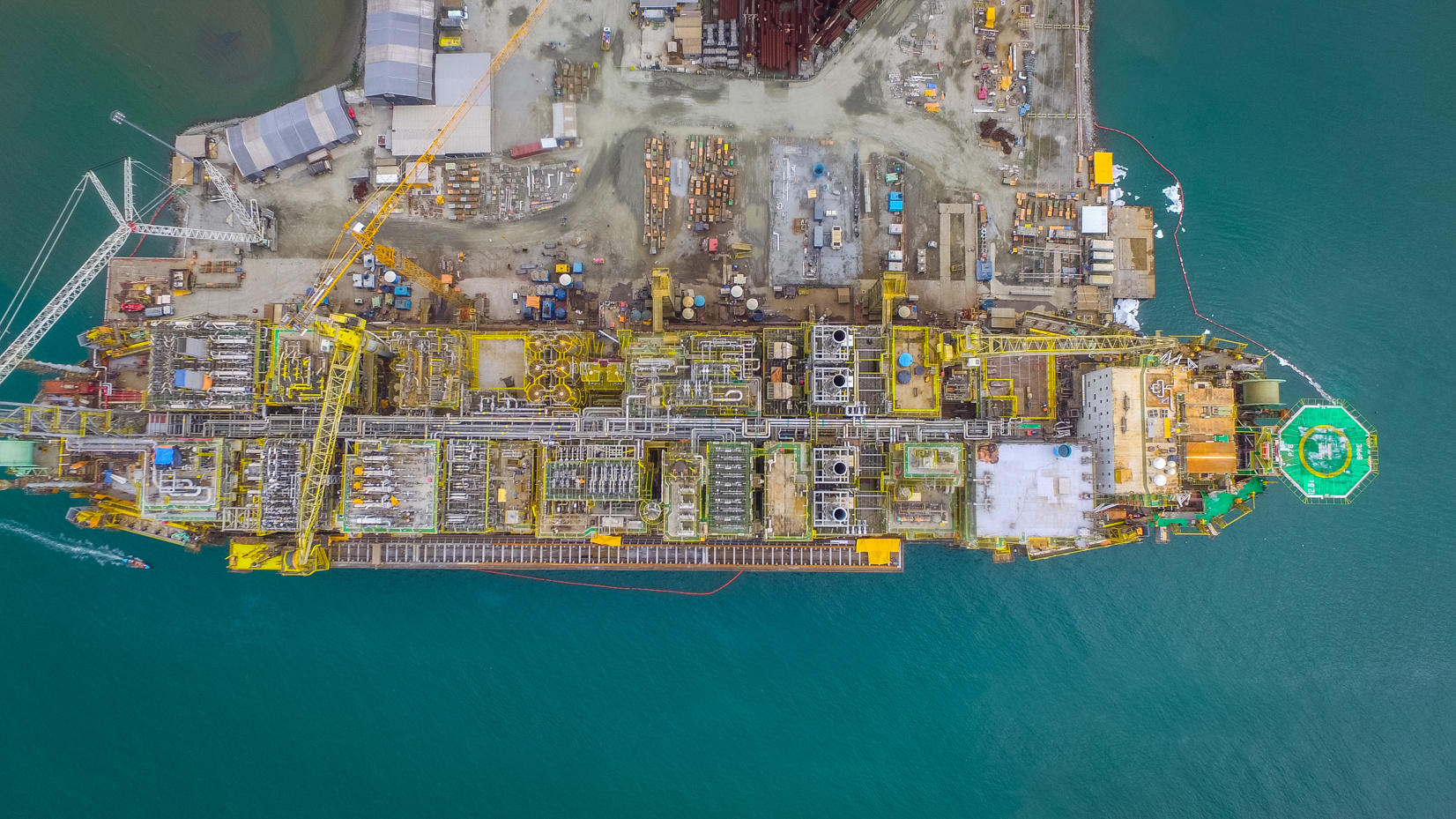
Flare Tower
Energy generation
PIG Launchers and Receivers
Water treatment and processing
Offloading area
Laboratory module
Automation and electrical
Helideck
Accommodation module
01
09
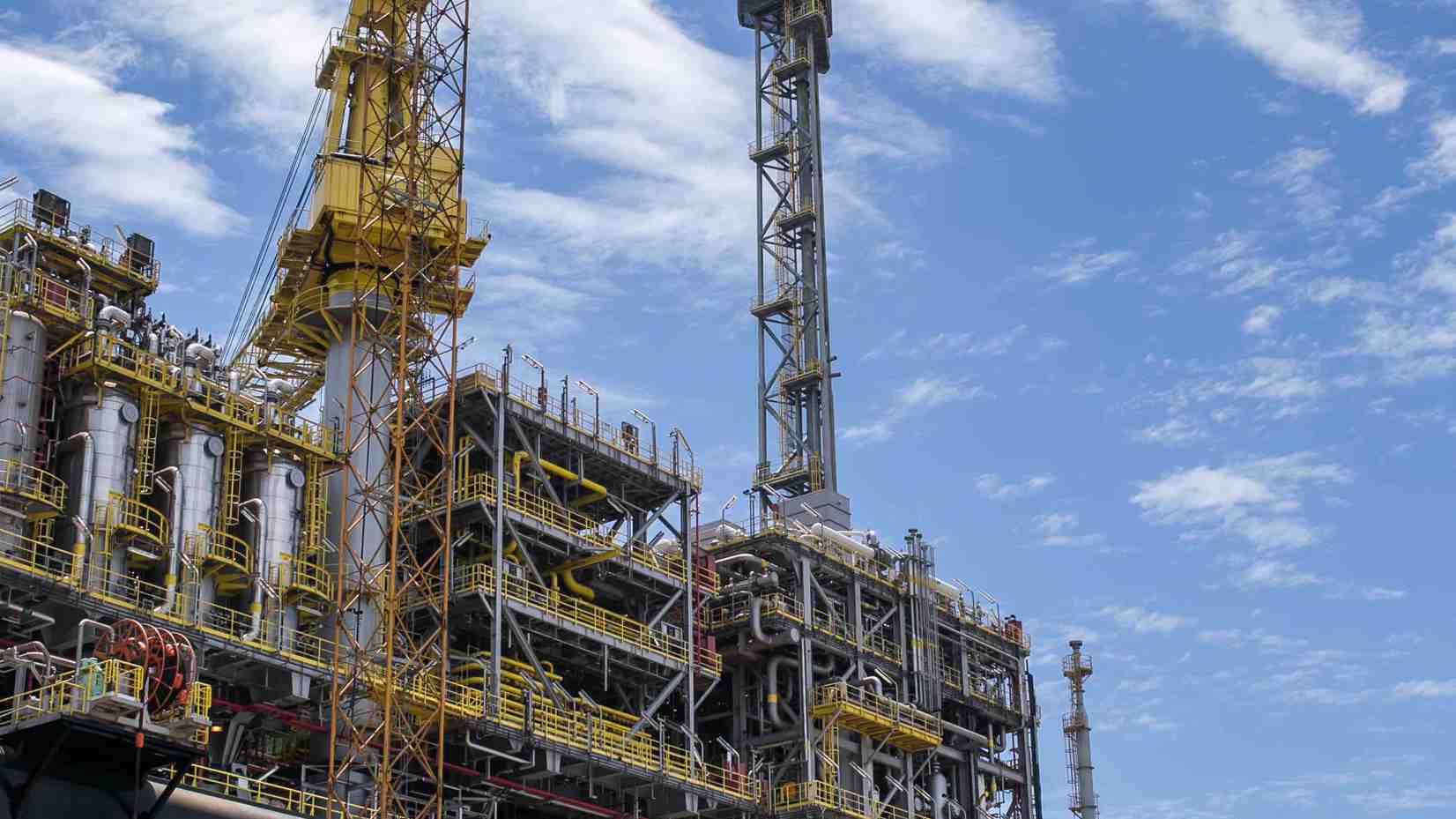
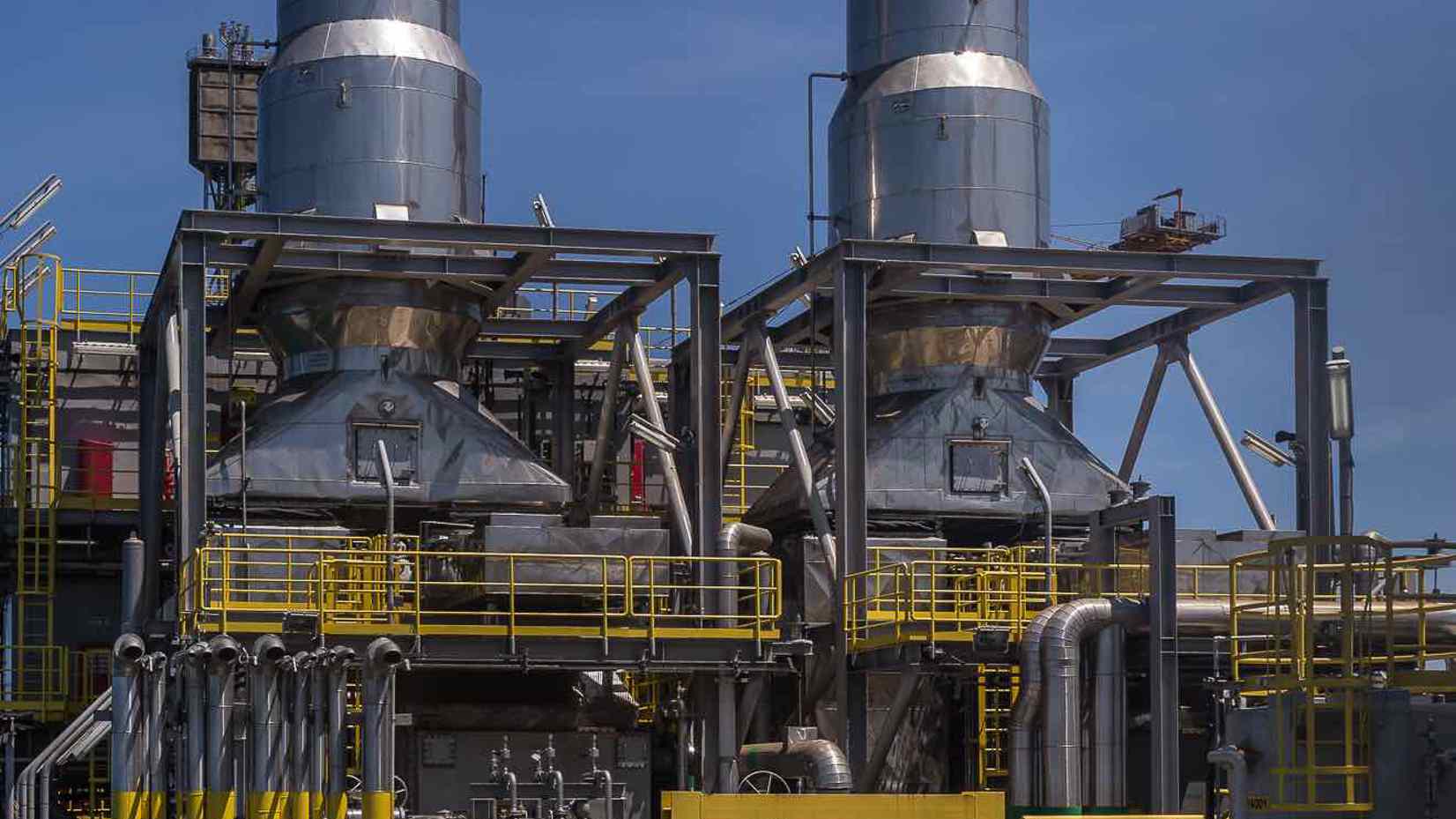
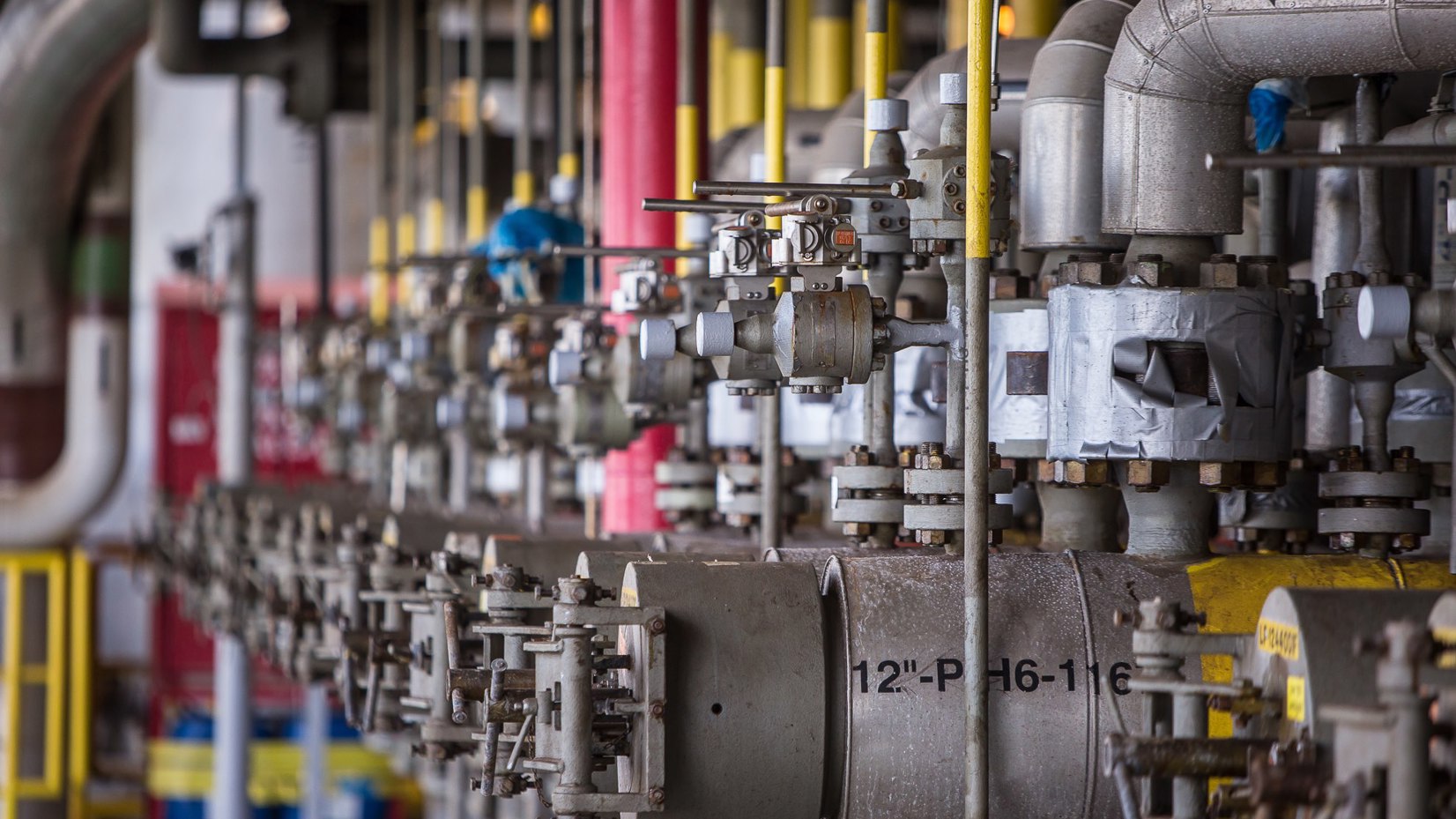
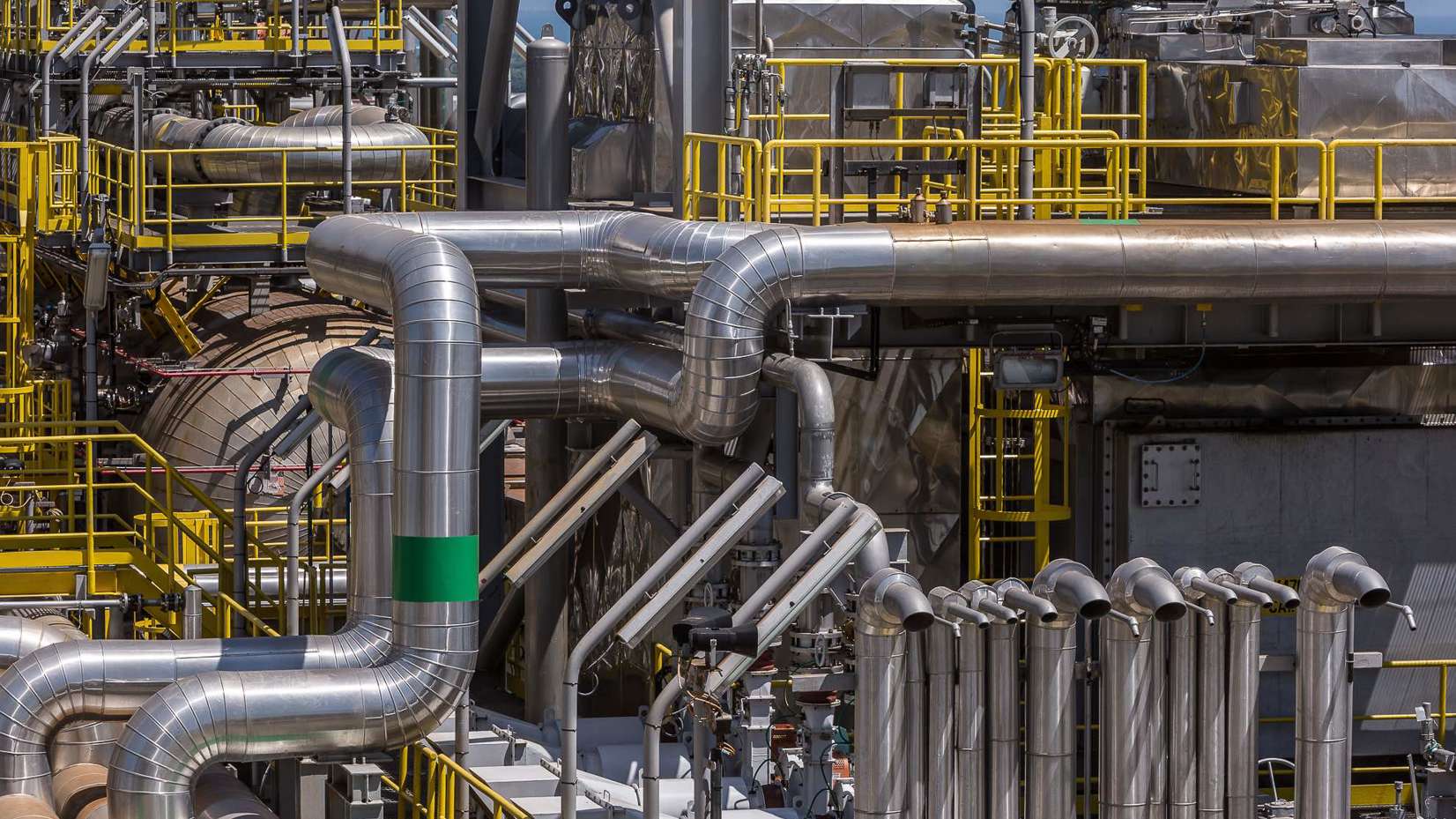
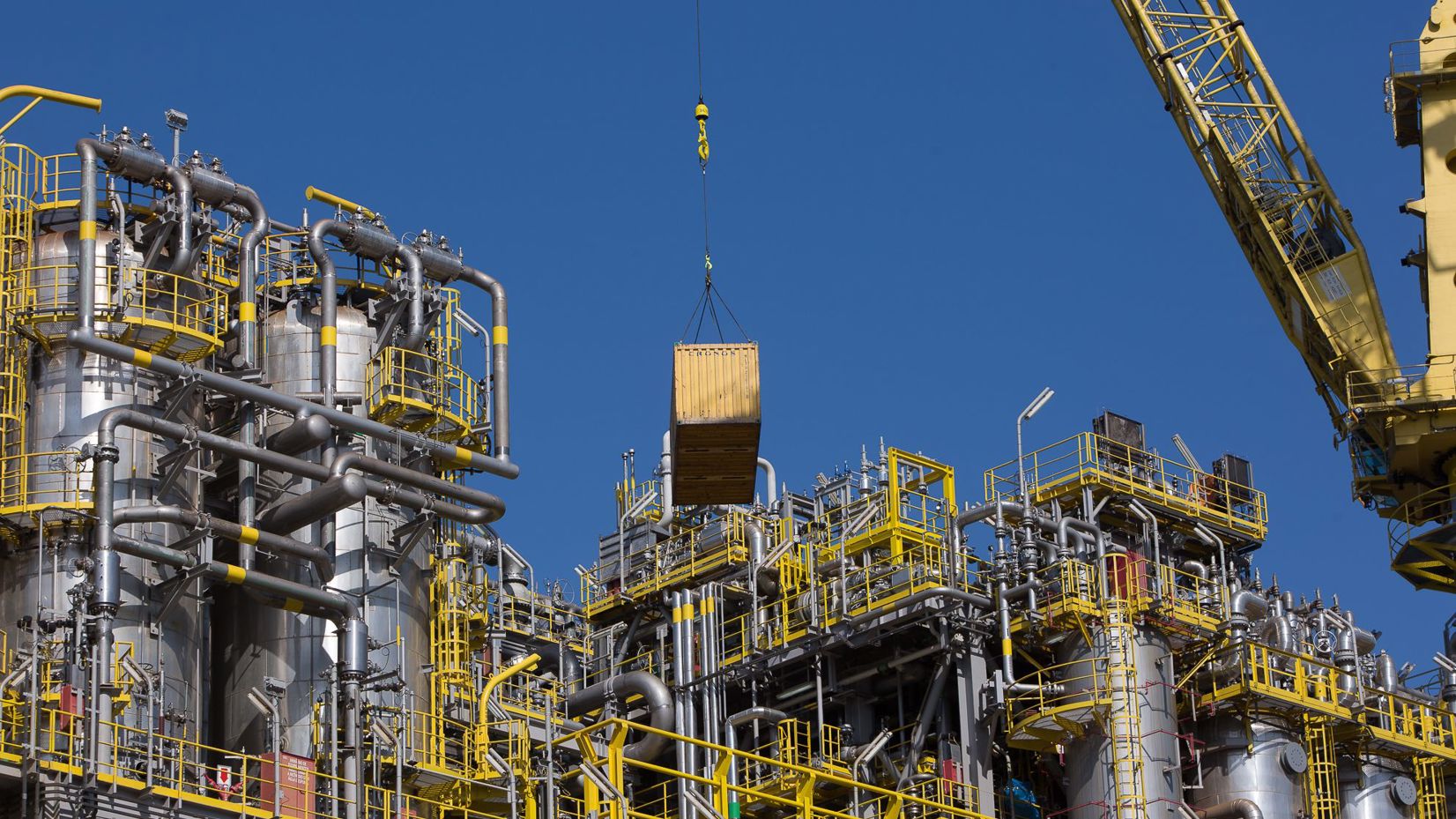
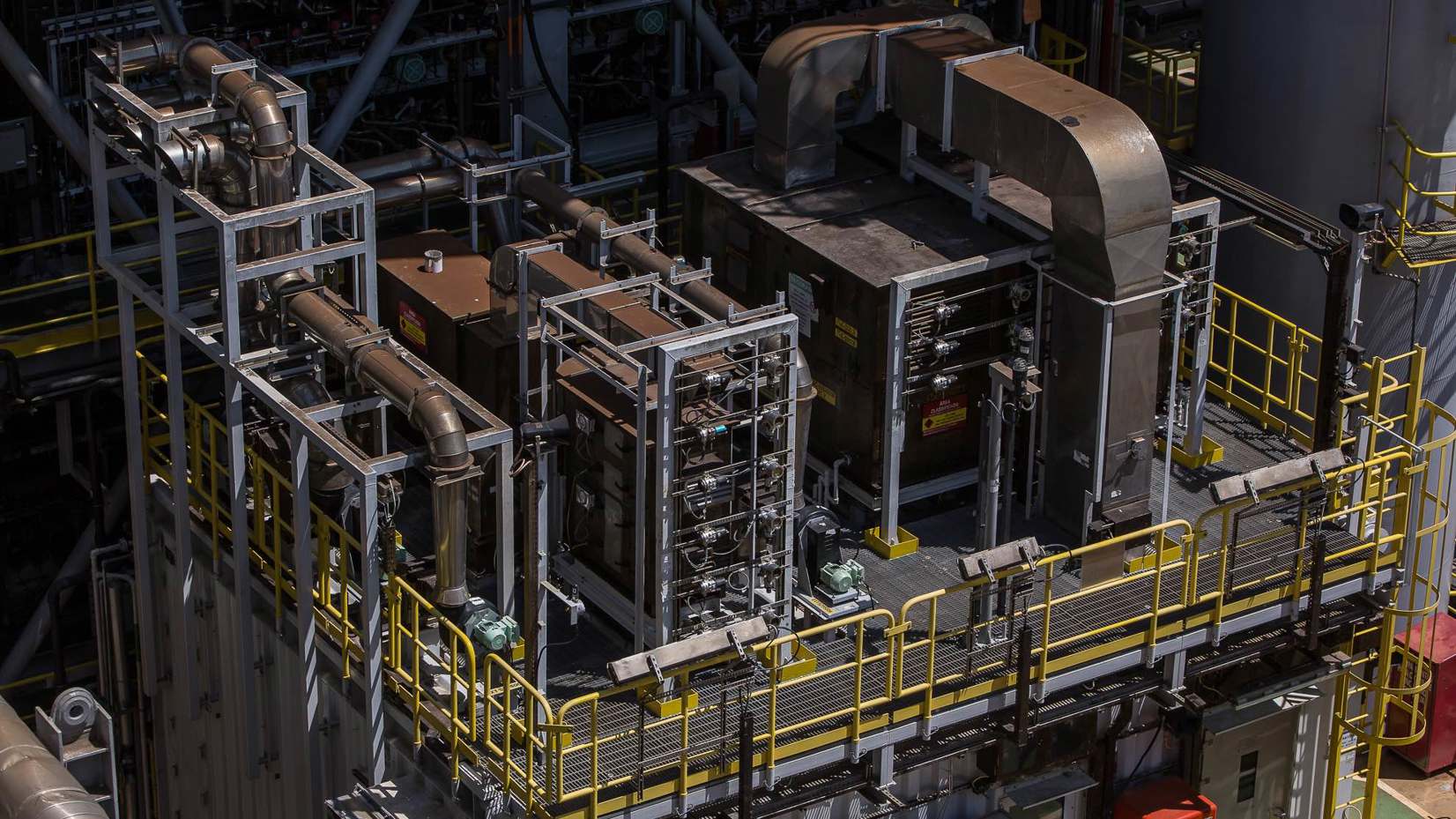
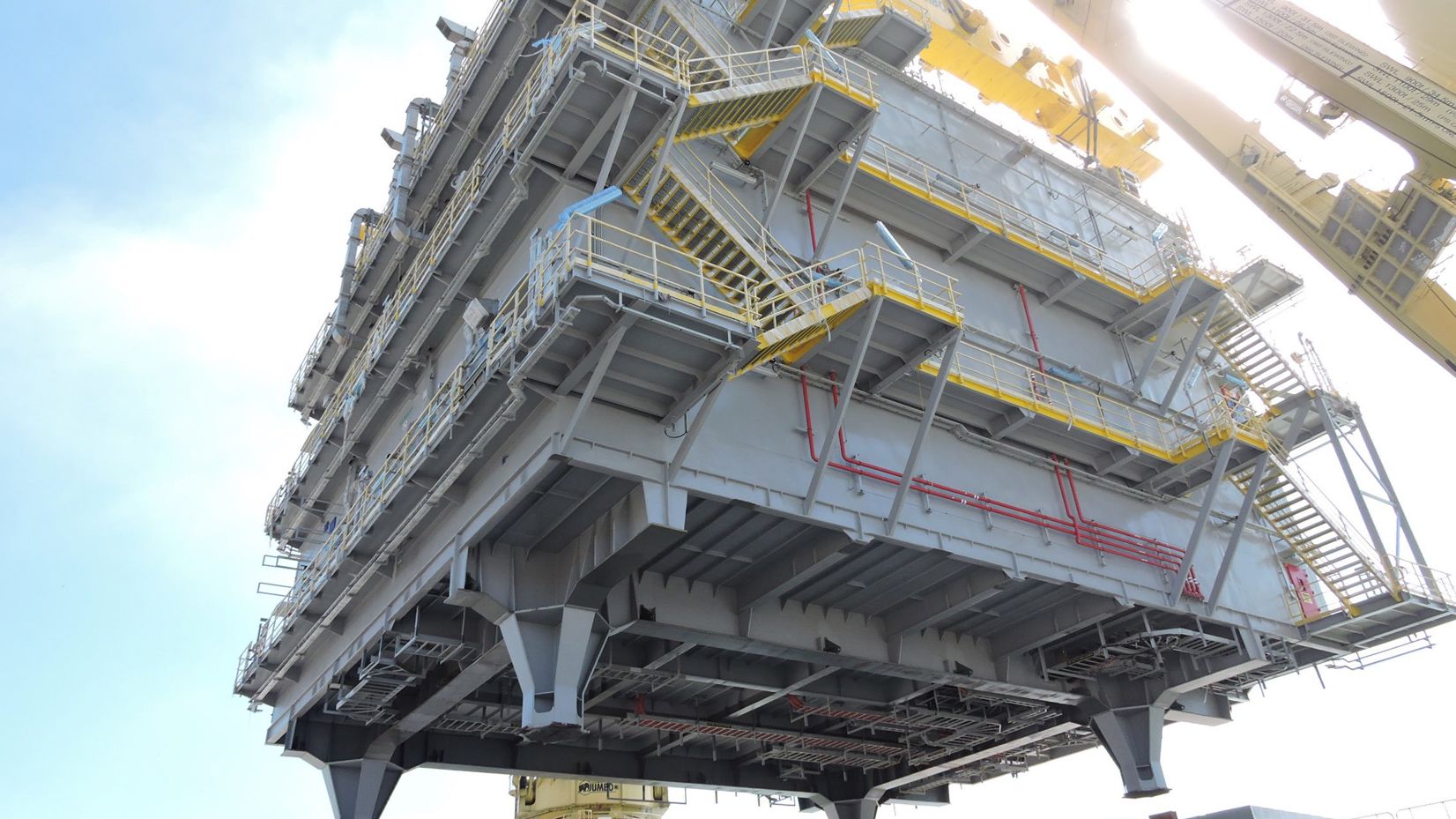
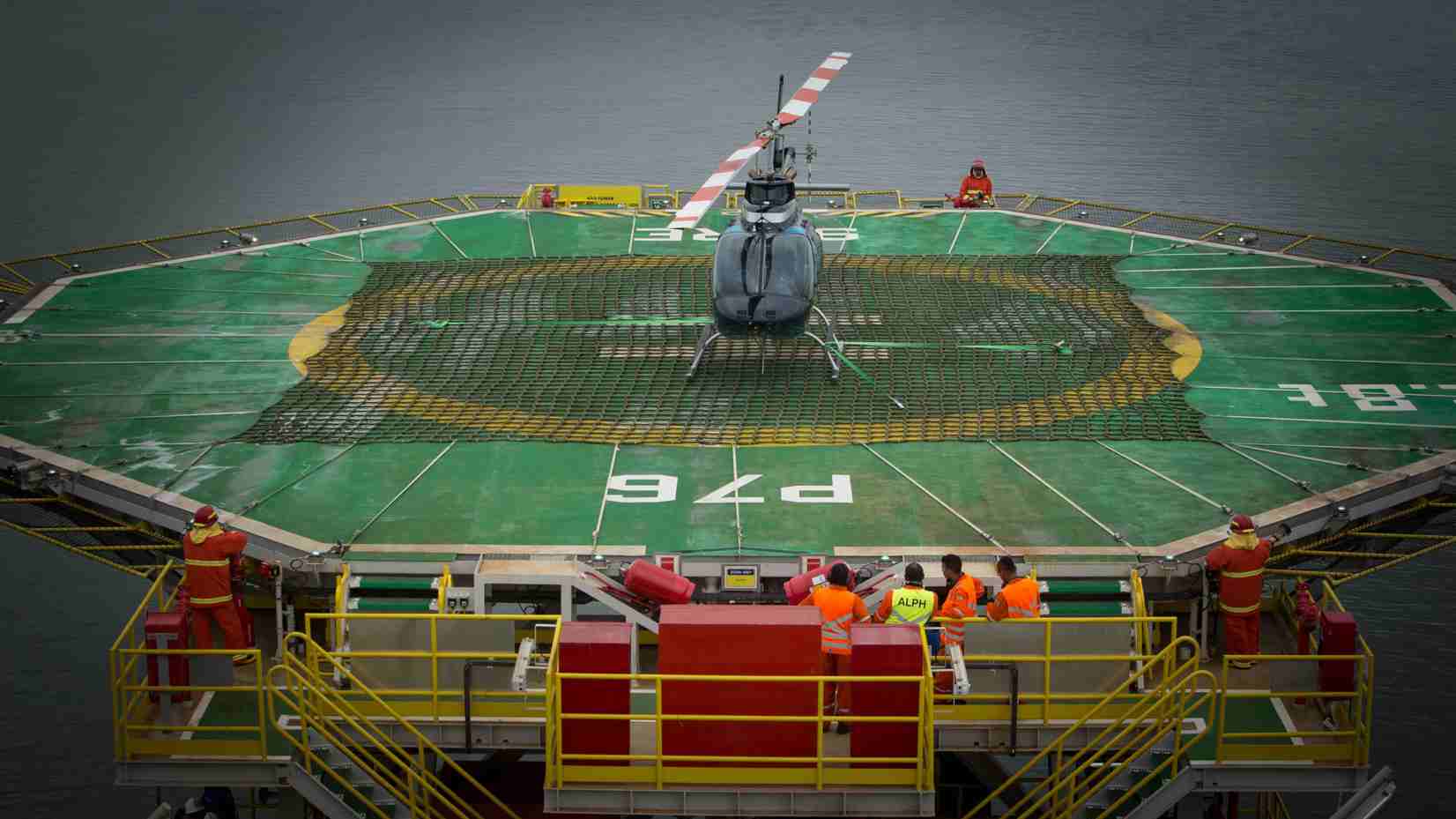
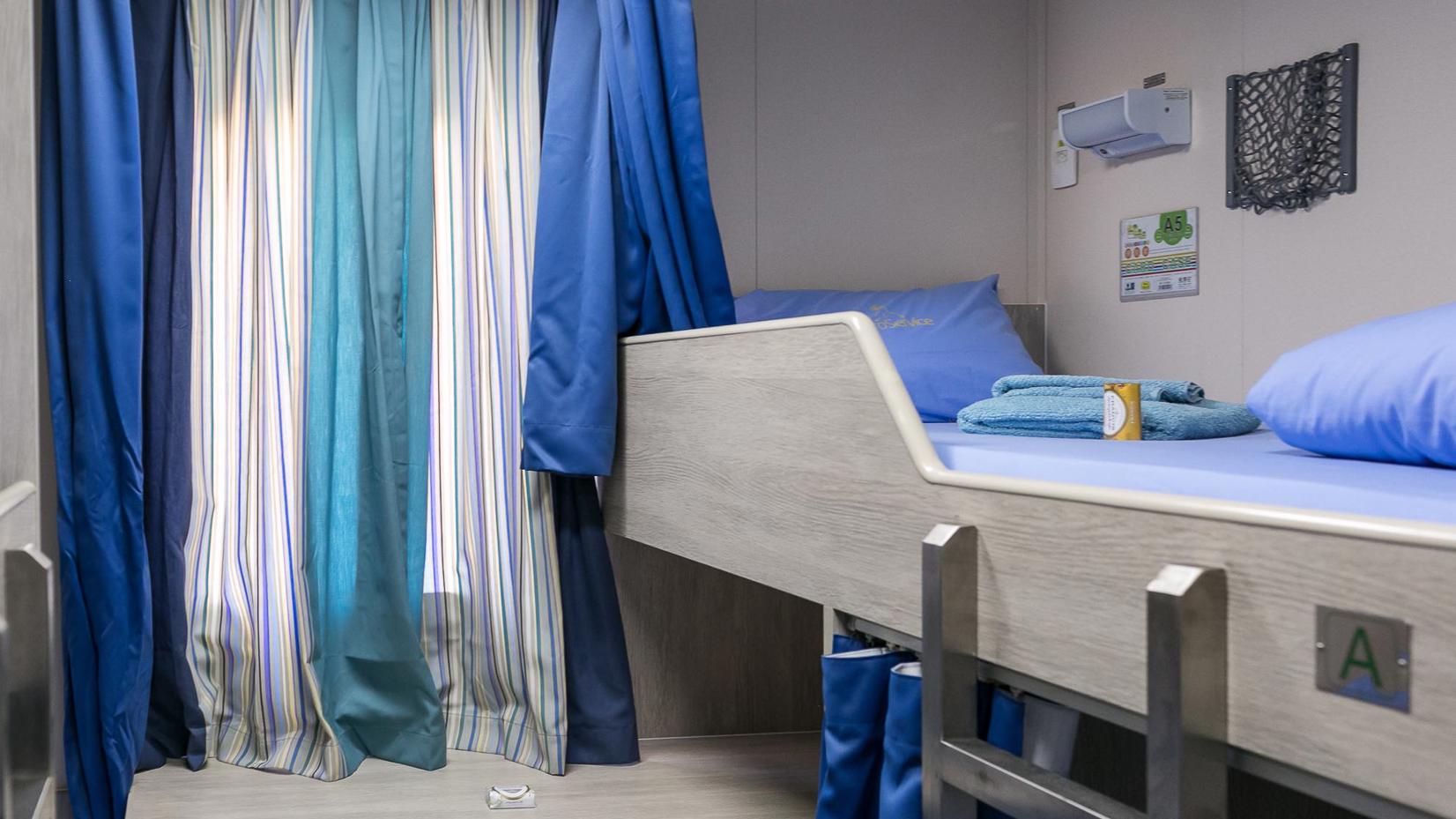
| Customer | Petrobras Netherlands BV |
| Scope of work | EPC |
Segment
Oil & Gas
The engineering and supply works were carried out in the city of Rio de Janeiro, while the manufacture, assembly and subsequent fitting of all the modules into the ship supplied by the customer were carried out at Techint E&C’s Offshore Unit in Pontal do Paraná, on the coast of the Brazilian state of Parana.
Driving energy development in Brazil
2014-2019
Start of work
August
2014
Heavy equipment assembly
Pieces of equipment weighing over 400 tons were installed. The biggest challenge involved lifting essential items, principally two oil treatment containers, which took approximately three months to cover the 470 km between the Bardela plant in San Pablo and Pontal do Paraná.
April
2015
Arrival of the FPSO P-76 ship from Rio de Janeiro
The vessel’s arrival meant that work to assemble the modules could move ahead, as well as the integration and fitting of all the different items on board.
July
2016
Start of module assembly
A total of 43 assembly operations were necessary, involving the company’s own cranes and the special Mammoet heavy lift crane, one of the largest of its kind, with a lifting capacity of up to 3,600 tons.
October
2016
Start of module integration
The maneuvers involved moving around 26,000 tons of machinery and equipment. This means that at the peak of construction work, there were 5,000 employees working on the site at the same time. Since work started in 2014, the project has created 9,000 jobs. January 2017
January
2017
Start of carry over
May
2017
Buoyancy tanks
60 submarine buoyancy tanks measuring over 3 meters high and weighing 14 tons were installed, essential for the task of extracting offshore oil by connecting the risers and cushioning the impact of sea currents.
July
2018
FPSO-P76 Sail away
The operation began at dawn and involved a dedicated team of professionals who worked hard to ensure the platform could sail out to sea and accomplish its mission. After this successful event, the P-76 traveled to the Santos Basin to be put into service at Bahia de Santos, on the Brazilian continental shelf.
December
2018
First gas injection
The P-76 conducted the first gas injection operation following three months of preparation. The platform has sufficient capacity to process 150 thousand barrels of oil and process 7 million m3 of natural gas.
May
2019
Udinson and Wellington Curta · in charge of Scaffolding at the P-76 project in Brazil
“We started out as construction helpers, working to assemble the scaffolding. Today, thanks to the opportunities the company gave us, and after putting in a lot of effort, we are proud to be in charge of the entire scaffolding area."
Munique Souza · Engineer P-76
"I joined Techint on an internship program, and ended up becoming the engineer responsible for the hydrojet inspection group in the project's Safety Department."
01
02
This site uses cookies. By using our website (through any device), you agree to the application of these rules on the use of cookies. You can access more information about these cookies in the Terms and Conditions.